The global power shift to Asia has primarily arisen as recognition of the stupendous rise in China’s economic and military power, a transformation that has been under way for the last two decades or so. India stands strategically uncertain at the historicsl cross-roads when the global shift of power is moving towards Asia. India stands not only strategically uncertain but also strategicaly confused as to how to don the mantle of one of the two leading power of Asia in a world which has already conceded that globsl power shift has headed towards Asia. India is strategically uncertain because in the present decade of globsl transformation of power structures it is unsure whether to strategically stand tall and alone or keep persisting in looking for countervailing powers from amongst powers to off-set its threat perceptions. Today, China is the most obvious power on the rise. But it is not alone: India and other Asian states now boast growth rates that could outstrip those of major Western countries for decades to come. China’s economy is growing at more than nine percent annually, India’s at eight percent, and the Soutjeast Asian "tigers" have recovered from the 1997 finacial crisis and resumed their march forward. China’s economy is expected to be double the size of Germany’s by 2010 and to overtake Japan’s, currently the world’s second largest, by 2020. If India sustains a six percent growth rate for 50 years, as some finacial analysts think possible, it will equal or overtake China in that. It is furtssher hoped that the book will prove to be immense value to teachers, students and researchers.
Encyclopedia of Ethnomedicine
$92.70
$103.00

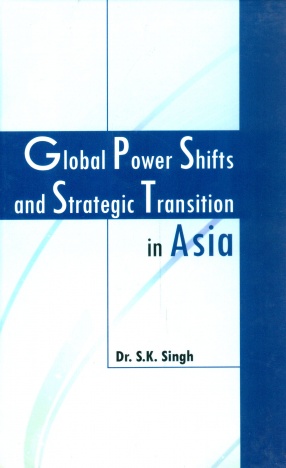
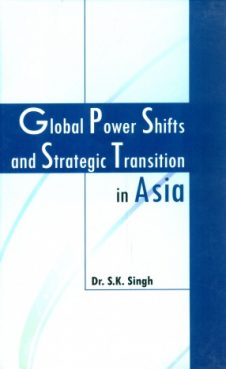
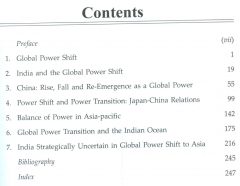

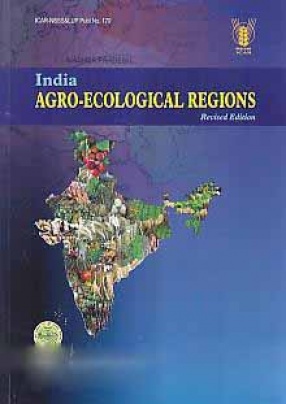

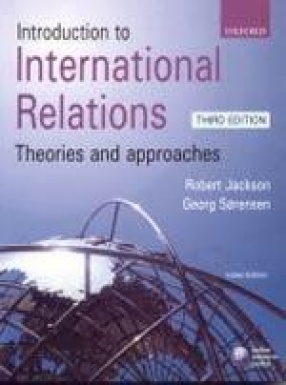


There are no reviews yet.